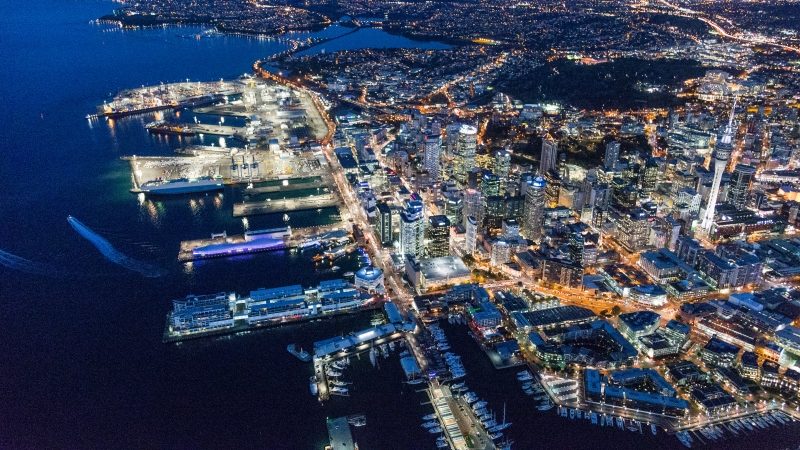Ports of Auckland outlines the timetable for completing automation

The contract for the Ports of Auckland automation project was signed in November 2016 and is now in its final stages, despite a delay caused by the Covid-19 lockdowns.
The project is important for the port and for Auckland. It will deliver more capacity without the need for further reclamation of the Waitemata Harbour. Although difficult, this ground-breaking project will allow the port to meet Auckland‘s freight needs for several decades.
Ports of Auckland‘s container terminal is currently operating in two parts, an automated operation in the north and a manual operation in the south.
Automating a container terminal while still operating it is no easy task. Despite difficulties including working through a pandemic and a global supply-chain crisis, Ports of Auckland has handled more than 100 vessels through the new automated yard.
The next big challenge is full terminal roll-out (FTR), with preparation well underway. Ports of Auckland is now at a point where it can share the go-live timetable with staff, customers, and stakeholders, ensuring everyone who works at or with the port knows the plan well in advance.
Before proceeding with FTR, four key deliverables need to be met:
-
The recent CHASNZ report on health and safety at Ports of Auckland recommended that a safety assurance review is completed for the automation project.
-
The automated part of the terminal must meet an agreed level of productivity.
-
The automation software must meet an agreed level of stability; and
-
Ports of Auckland must ensure there is enough staff and everyone has completed the required training and upskilling.
Once these deliverables have been met, shipping lines, transporters, and other supply chain customers will be given eight weeks‘ notice of the go-live date. This will give everyone time to plan.
On the go-live date, the container terminal will be closed for 84 hours to prepare the manual part of the terminal for automated operations. A period of system optimisation will be required to return productivity to normal levels. To support the operation and customers through this period, staff levels will increase to compensate for the expected drop in productivity.
Regular progress reports on preparations will be given. These will include:
-
An indication of when the safety assurance review will be complete.
-
Metrics for productivity and system stability.
-
An assessment of internal readiness.





